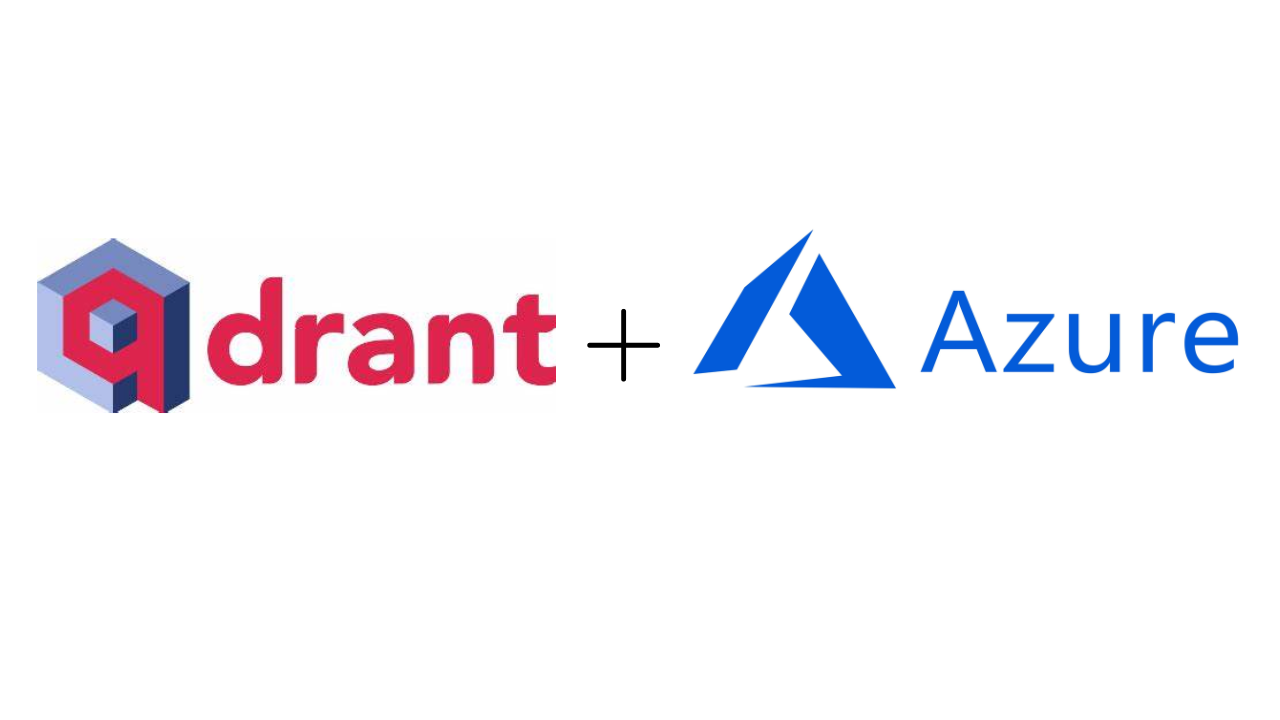This project combines the power of the Qdrant Vector Database with the Microsoft Azure Cloud allowing you to bring Vector Search and Embeddings storage to your AI products.
You have several options for how to get Qdrant running on Azure:
To get started, users will need access to an Azure subscription.
To deploy using the Deploy to Azure button which leverages an ARM template, you need write access on the resources you're deploying and access to all operations on the Microsoft.Resources/deployments resource type.
This project contains a dev container configuration which can be used for local development. To learn more about using a dev container, please review Developing inside a Container.
To deploy Qdrant to an Azure Container Instance with Azure Volume, go to the Azure-Container-Instances folder and follow instructions in the README.md to deploy to the Azure Container Instances (ACI) service.
Additionally, you can deploy using the Deploy to Azure button below.
If using the Deploy to Azure button, this will create an Azure Storage account for you. Please ensure you have permissions for Azure Container Services and Azure Storage Accounts.
To deploy Qdrant to a cluster running in Azure Kubernetes Services, go to the Azure-Kubernetes-Svc folder and follow instructions in the README.md to deploy to a Kubernetes cluster with Load Balancer on Azure Kubernetes Services (AKS).
You can quickly create an Azure Kubernetes Service cluster by clicking the Deploy to Azure button below. After creating your AKS cluster, go to the Azure-Kubernetes-Svc folder to deploy Qdrant into the AKS cluster using Helm.
To run the Qdrant vector database running in Docker locally, please follow the instructions from Qdrant's website: Install Qdrant with Docker
To run Qdrant with Docker locally, you can use the following command using default values stored in the file .config/config.yaml located in the Local-Docker-Deployment folder.
docker run -p 6333:6333 \
-v $(pwd)/path/to/data:/qdrant/storage \
-v $(pwd)/path/to/custom_config.yaml:/qdrant/config/production.yaml \
qdrant/qdrantYou can overwrite values by creating and adding new records to a file ./config/production.yaml. An example of the production.yaml file located in the Local-Docker-Deployment directory. Please review the Qdrant documentation to learn more information on configuration options for Qdrant.
